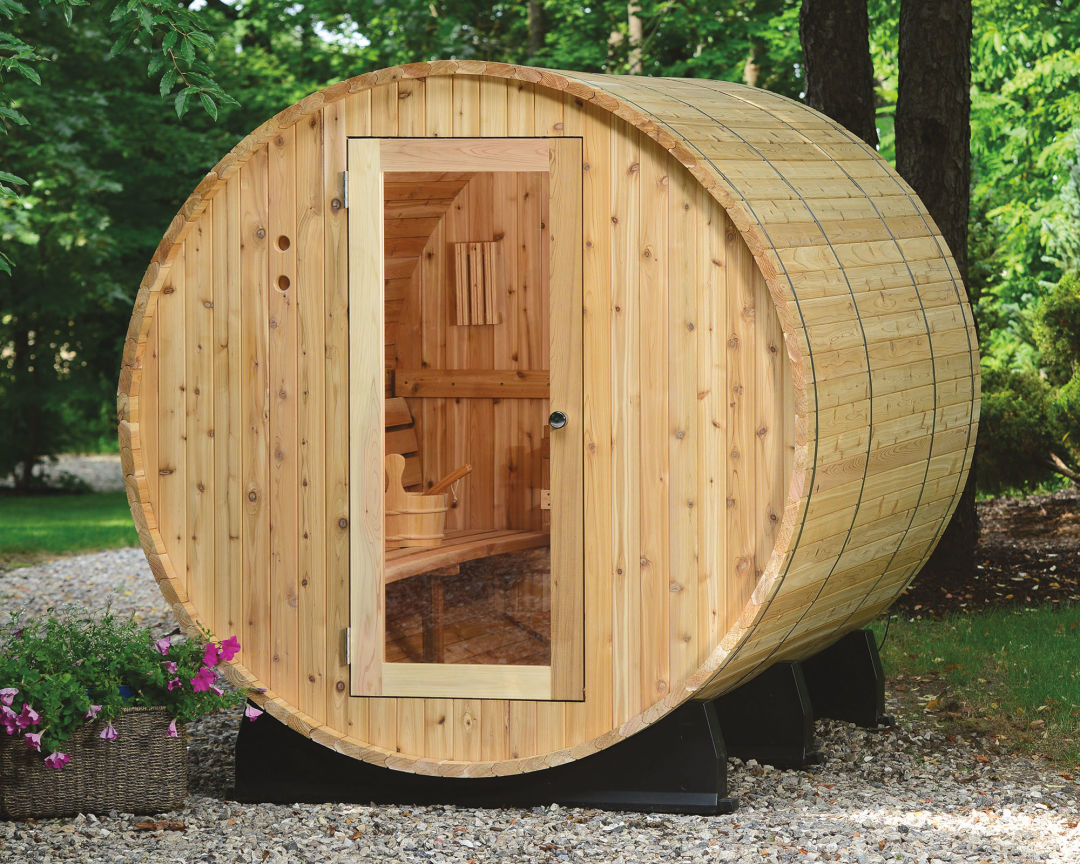TILE
“Always double-check your tile quantities and purchase more tile than you think you will need. We recommend 10–15 percent for waste and cuts,” says Megan Coleman, cofounder of local modern tile maker Clayhaus. She adds, “if you are going to go busy on your countertop, go simple on your backsplash, and vice versa. Only one can be the star.”
HOUSE-CLEANING
“Add cut lemons or limes to vinegar and let steep a month to make an aromatic natural cleaning concentrate,” says Gina Ross, owner of local housecleaning and organizing service Green Clean by G. “You can get creative and add mint, rosemary, or essential oils. Plus, she notes, the concentrate looks pretty sitting on a counter in a mason jar. Add a ¼ cup to a spray bottle filled with water or dump ¼ cup in your mop water—just don’t use vinegar-basedcleaners on marble, granite, or stone.
PEST CONTROL
Want to keep rodents out of your house? Brandon Clark, owner of Get Smart Rat Solutions, says to quit feeding backyard birds and squirrels. “A bird feeder is like cocaine for rodents,” he says. “If food is available year-round, [rats] will breed year-round—and two rats can produce 1,500 offspring in a year. It’s mind-boggling.” The time to get a pro involved? “As soon as you see something in the house,” he says. That means there’s already a breeding population underneath your house or in your attic.
ENERGY
“A home’s energy system is made up of individual components. Replacing windows without installing insulation or upgrading your heating system might not have the impact you’re seeking,” says Stephen Aiguier, founder of eco-friendly Green Hammer Design Build. “Hire an experienced firm that can help you prioritize energy-efficiency upgrades that will save you money, reduce your carbon footprint, and improve the health of your home.”
PAINT
“Painting is one of the easiest ways to transform space. But it’s very disruptive, and it always takes longer than you think.” says local painter and artist Michael T. Hensley of MTH Painting. “Don’t have your friends come over and do it for pizza and beer. People try to save money that way, and it [rarely] looks good. Take your time in choosing colors. Cleaning, especially kitchens and bathrooms, where there’s a greasy residue is important before you start painting. Paint the ceiling first, then the trim, then you cut in the walls. It’s easier to cut the wall into the trim than vice versa. Also, use FrogTape on the trim. It’s moisture activated, so it seals itself up when the paint hits it.” (No website, email mthpainting@gmail.com)
ORGANIZATION
“Organization is kind of having a moment, with everything going on with Marie Kondo,” says professional organizer Clementine Hacmac. “One of the things I believe in most is there’s not a single system for every person …. Decide what works for [you]. I’m a big fan of organizing things in rainbows—like books. I love rainbowtizing. It always looks really beautiful and clean and super-intentional. And that’s one of the tricks of organizing: when it looks beautiful, you are more likely to keep it up. Getting rid of stuff doesn’t mean you’re losing anything. It means you’re opening the possibility to have only that which truly serves you in your life.”
PLUMBING
“Be mindful of your washing machine hoses,” says Craig Anderson, owner and vice president of Craig Anderson Plumbing. “They’re made of rubber. The rubber breaks down. The chlorine in the water, sunlight, heat, all that affects rubber in negative ways. When a washing machine hose fails, you’ve got, as a result, a flooded house. So keep an eye on those hoses. Make sure they are changed out every five to seven years. That could save you a lot of heartache.”
GARDEN DESIGN
“Most of the time [people] buy one of this [plant] and three of those and one of that, but really you should be buying 20 of one thing,” says Peter Lynn, garden designer at Pomarius Nursery. “In order to prevent a lot of weeding and spraying or mulching, you overplant, and over time things weed out and you’ll enjoy them.” Lynn also says to let ’em be as much as you can: “The more you [walk] on the beds, the more you trample, the more you compact, the less it grows. You want to limit the amount of time you go in the beds if you can. What you’re trying to achieve is that within a year, you don’t see the ground anymore.”
View the full article here at Portland Monthly





 “They said, “Let’s go to the back corner and find the number of the trolley car,’” says Breza. Sure enough, in the back left corner: “It was almost like National Treasure. You had to shine a light on it and there it was: #288.”
“They said, “Let’s go to the back corner and find the number of the trolley car,’” says Breza. Sure enough, in the back left corner: “It was almost like National Treasure. You had to shine a light on it and there it was: #288.” [the trolley] that were exposed,” Thomas says. “The ceilings were kind of curved in parts of the house, and we had a closet door that was original to the trolley. It’s disappeared, but it was there when we lived there.” The house then passed through more hands, of Guthrie descendants and strangers, until Breza and Manfredi bought it, started opening up the walls, and eventually demolished the house to free the trolley.
[the trolley] that were exposed,” Thomas says. “The ceilings were kind of curved in parts of the house, and we had a closet door that was original to the trolley. It’s disappeared, but it was there when we lived there.” The house then passed through more hands, of Guthrie descendants and strangers, until Breza and Manfredi bought it, started opening up the walls, and eventually demolished the house to free the trolley.




